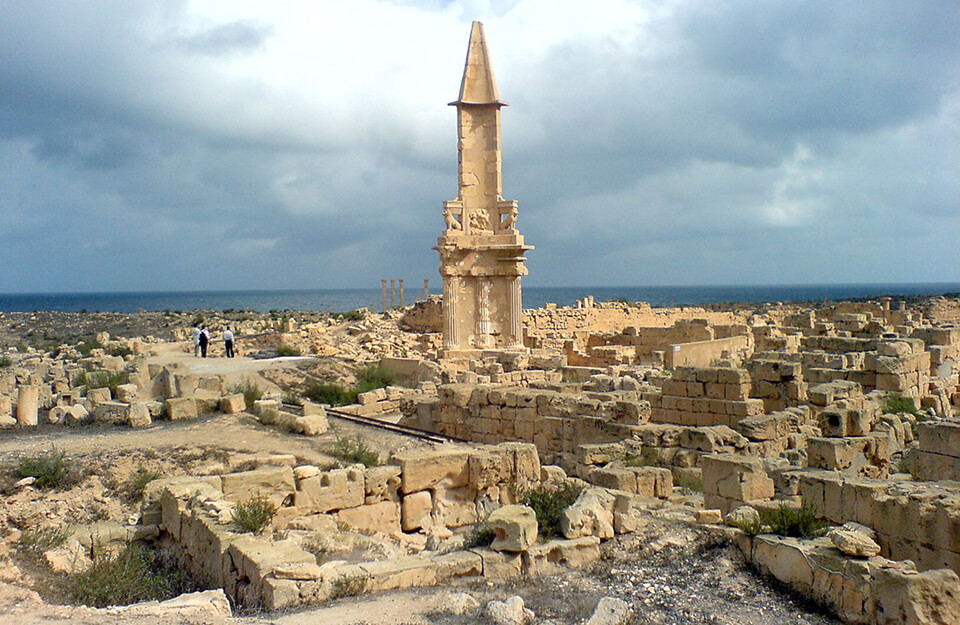Italian archaeologists have discovered the remains of an ancient Roman city submerged off the coast of Libya. The remains of the city date back to the 2nd century A.D. and were found by archaeologists and experts from Sicily and the University Suor Orsola Benincasa of Naples, involved in the ArCoLibia archaeology project.
The discovery took place on the Cape of Ras Eteen on the western side of Libya’s Gulf of Bumbah, as archaeologists were searching the area for shipwrecks and the remains of ancient ports.
Archaeologists instead found walls, streets, and the remains of buildings and ancient tombs. After a careful analysis, the experts realised the area extended for over a hectare.
Experts also said that the city could have been destroyed by a strong tsunami after an earthquake which struck the eastern coastal region of Cyrenaica in 365 A.D.
According to a statement released by Sicilian authorities, the city flourished through the manufacture of imperial dye, a purple pigment used to colour the clothing of the Roman elite.
The dye was very expensive in Roman times.
